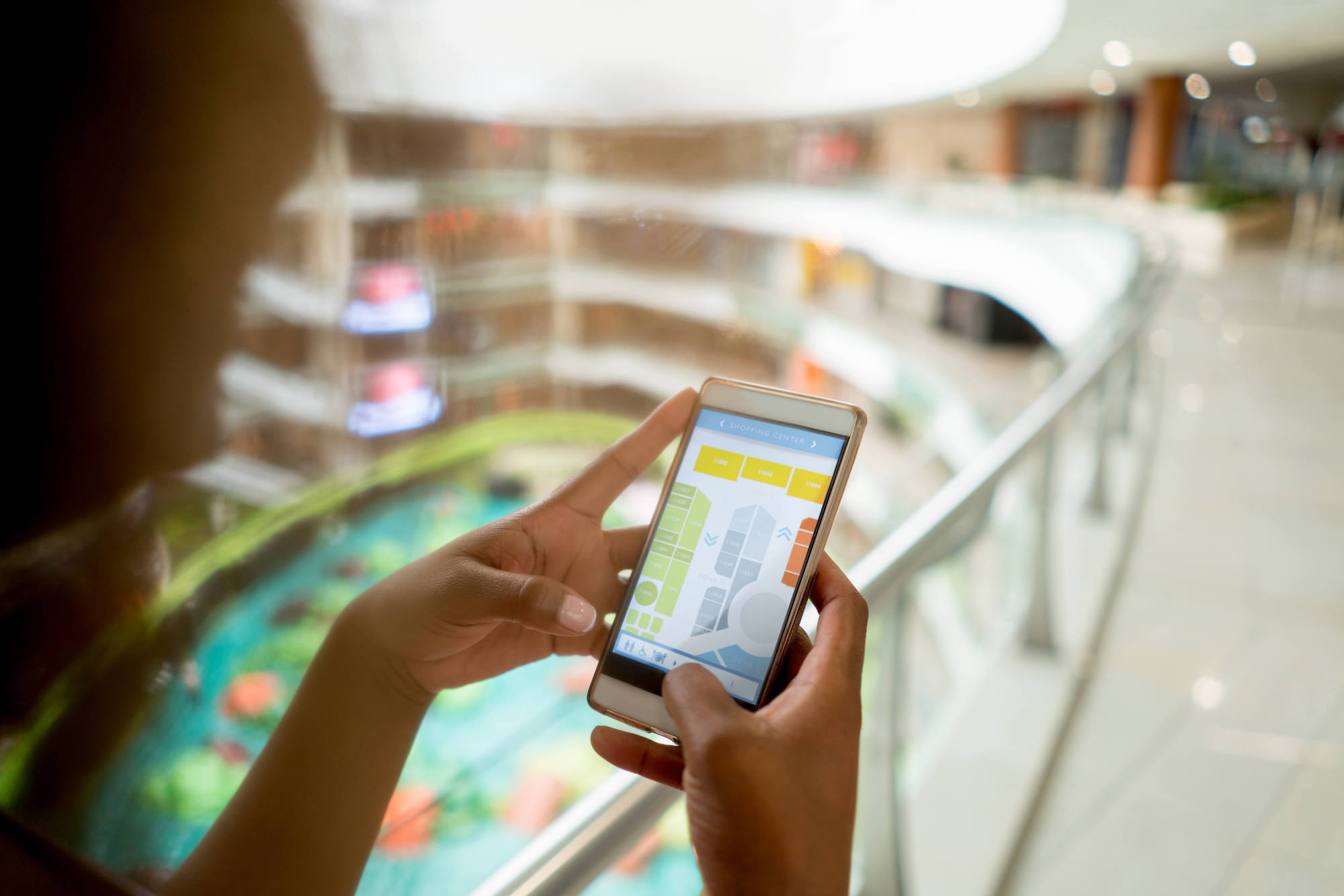Staying Competitive by Making Malls Smarter
As more malls are built, saturation is beginning to reach its peak in cities in Malaysia. Mall operators are pressured into finding ways to differentiate themselves from other malls while keeping costs manageable.
Customers are also proving to be increasingly digital-savvy, which means malls must find a way of keeping up and adapting to their sophistication.
Malls must create presences that stand out and go beyond merely being static buildings to house retail activities. Mall operators must take the long view and consider the long-term sustainability of their premises and how best to adapt to trends as well as customer needs.
Smarter buildings are the future
How do you improve an existing mall while keeping costs manageable? The answer is by being ‘smarter’ via the Internet of Things (IoT).
While there will be an initial outlay, in the long term, smart malls will reduce costs without ruining the customer experience. IoT provides a means to help detect maintenance issues as well as help streamline operations processes with the assistance of data.
Smarter sensors could be a good start to assist in managing import utilities such as power and water that form a major part of mall operation overhead. Even the smallest change, such as optimising lighting and controlling temperatures more efficiently, will help reduce expenditure. This is one example of demonstrable ROI via IoT implementation.
Besides managing costs, IoT sensors could produce savings in terms of manpower. Rather than having to maintain various crews to cover large areas, sensors and a central monitoring system could instead dispatch crews where needed.
Being able to quickly detect urgent maintenance needs will also help mall operators be more proactive. IoT can assist in identifying weakened infrastructure and remedying it quickly instead of only finding out too late, once major damage has already occurred.
Another way IoT can be implemented is in managing parking needs. Parking lot sensors can help visitors more easily locate vacant lots while also making it easier to supervise lots, such as being able to send the requisite staff (security or maintenance) promptly when needed.
A smoother running operation will also help in improving the overall customer experience. This will help position a mall as a premier outlet of choice, meeting the goal of differentiating it from the competition.

Reducing complexity
Malls will need to become more than just buildings to house retail outlets. Mixed developments have become the trend, where malls include recreational facilities or become parts of larger projects with attached parks and residential units.
This means added responsibility and challenges for mall operators to cater to the many types of tenants. To help lessen the complexity, IoT solutions can be customised to meet the various requirements, while management can still be centralised.
With sensors and widespread connectivity, mall managers can track building health, manage security, and dispatch the required personnel as and when needed.
Having smarter facilities will also help attract tenants, and used right, will also help drive visitors to the mall. Why, for instance, choose to go to a mall with a parking lot that is difficult to navigate when an automated parking experience is an option elsewhere?
What needs to be considered in choosing IoT solutions
Before choosing an IoT solution, it is important to clarify both short-term and long-term goals, determining what needs to be urgently addressed and set a roadmap for future implementations.
For instance, an operator could focus first on installing utility sensors to optimise usage and keep costs down. Then the next phase could be parking lot sensors and a common dashboard to centrally monitor cameras inside and outside the building. The long-term view would be to increase coverage of the sensors to encompass the entirety of the mall.
What’s important in choosing a vendor is to have the flexibility to purchase what you need and not be locked into a solution that might require extraneous costs.
A chosen vendor should also make upkeep easy. Mall operators shouldn’t need to hire large teams just to maintain the new solutions, and it is important that vendors be able to provide support as needed.
As the mall evolves, so should the solution be able to scale along with it and be customisable to specific needs. Change is coming, and mall operators must be prepared to embrace that change or risk falling behind in the ultra-competitive arena that is retail.
More in this series:
- Why the Future of the Mall is Smart
- How IoT Optimises the Retail Experience
- A Data-Crunching Dream: Using IoT to Learn From Your Customers
- Smarter, Safer Malls Made Easy with IoT
- Staying Competitive by Making Malls Smarter






